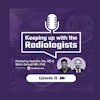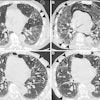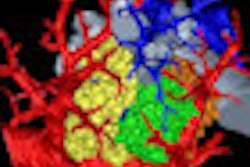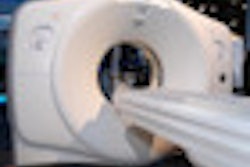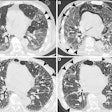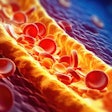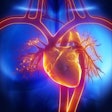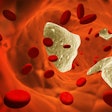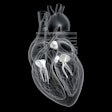"Some recent studies have shown an association between pericardial fat volume and coronary calcium score," Dr. Karen Ordovas told AuntMinnie.com. "It has also been recently shown that the epicardial fat has inflammatory activity that could be collaborating for atherosclerotic development in the coronary arteries."
Using CT angiography, the group evaluated whether there is an association between the volume of pericardial fat and the burden of coronary artery disease, including both calcified and noncalcified coronary plaque.
The study team examined 117 patients at intermediate risk of coronary artery disease with unenhanced CT of the chest, manually outlining the pericardial fat areas on axial slices 2.5-mm thick. Most of the patients were smokers and half had high cholesterol. Coronary artery disease burden was defined as the number of segments with any atherosclerotic changes, with 50% or greater stenosis considered significant.
The researchers compared the distribution of pericardial fat with coronary artery disease burden, after controlling for body mass index, age, gender, hypertension, and other risk factors. An increase of 10 cm3 of pericardial fat volume was associated with a 28% increase in the chance of having a significant coronary artery stenosis, they concluded.
"The volume of pericardial fat is associated with the burden of coronary artery disease and the presence of an obstructive coronary lesion," Ordovas said. "This association is independent from obesity and from other known coronary artery disease risk factors."
